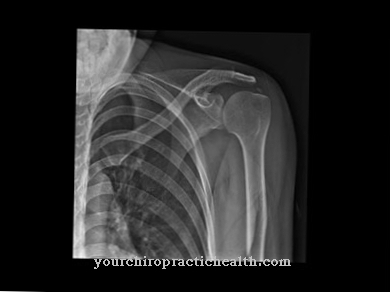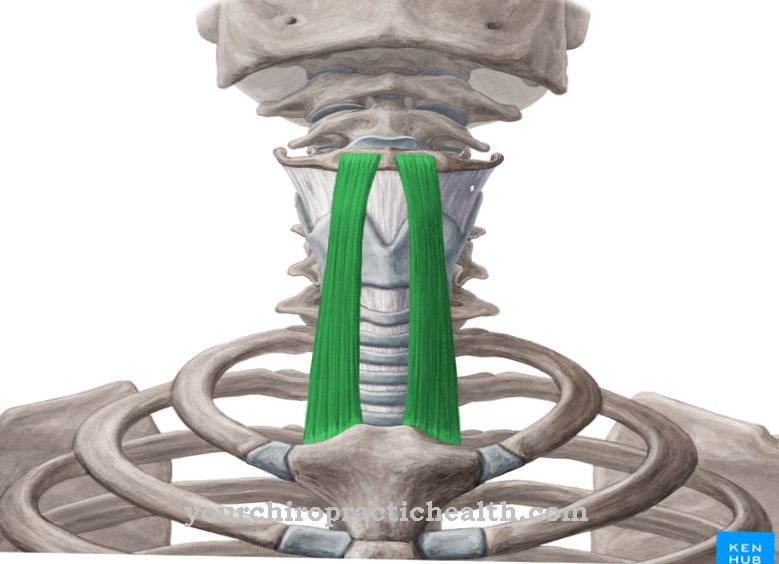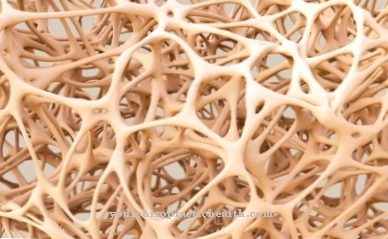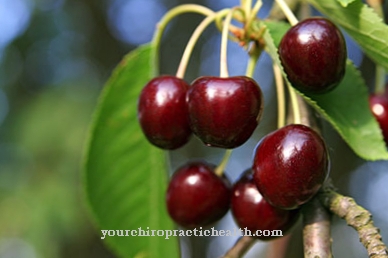The Witch hazel (Hamamelis virginiana) is a winter-blooming and sweet-smelling medicinal plant that originally comes from Asia and is now mainly grown in the USA. The witch hazel, better known to us under the name Hamamelis, is used in numerous medicines and cosmetics.
Occurrence & cultivation of the witch hazel

The Witch hazel belongs to the witch hazel family, of which only five species are known worldwide, three of which are in North America and two in East Asia. All witch hazel species are deciduous and grow as shrubs or small trees. In contrast to most other plants, the witch hazel flowers in winter, and the Virginian witch hazel, which is used for cosmetic and medicinal purposes, also in autumn. The scent of witch hazel is usually intense and pleasantly cinnamon, the flowers are rather inconspicuous yellow-orange and arranged in a ribbon.
The witch hazel forms woody capsule fruits that contain only two seeds each. After ripening, the capsules open suddenly and hurl the seeds up to ten meters away. In addition to its use as an ornamental plant, the witch hazel is primarily used in drug research and cosmetics. The bark and leaves of the witch hazel contain germicidal and anti-inflammatory tannins, essential oils and flavonoids.
Effect & application
The Virginian witch hazel is related to the hazelnut. Usually extracts from the branches, leaves and bark of the shrub are used. The flavonoids, tannins and essential oils soothe itching and inflammation of the skin. The tannins of witch hazel have an astringent effect and allow the upper layers of tissue to contract. This makes the human skin more resistant to germs and bacteria.
The astringent effect is also used to stop bleeding and stimulate wound healing. Witch hazel extracts have a vein-strengthening and anti-inflammatory effect, so that they can also be used for varicose veins and hemorrhoids. The areas of application of the witch hazel range from irritation and slight inflammation of the skin to skin injuries and venous diseases.
Insect bites and itchy rashes can also be relieved with witch hazel extracts, mainly using ointments, solutions or suppositories. The ingredients of the witch hazel have a protective effect on the mucous membranes, and inflammations of the mouth and throat, such as aphthae, can be effectively combated with rinsing.
Witch hazel additives are very often used in cosmetic creams to soothe dry or chapped skin. Witch hazel tea can be used internally against diarrhea because the extracts have a calming and relaxing effect on the stomach and intestines. Witch hazel extracts are usually well tolerated. In the case of internal use, slight gastrointestinal complaints are rarely to be expected; external hypersensitivity reactions can occur.
Witch hazel preparations should not be taken over a long period of time and in high doses because the tannic acid they contain can damage the liver in the long term. Witch hazel extracts should not be used internally at the same time as other medications because the tannins impair the absorption of other active ingredients. Hamamelis has an itch-relieving, wound healing, antibacterial and antioxidant effect.
At the microscopic level, the witch hazel tannins form a compound with the proteins of the skin, which reduces the blood flow to the small vessels and thus reduces inflammatory skin reactions. In the cell metabolism, inflammatory reactions are inhibited, the proanthocyanidins in witch hazel promote cell division and reduce water loss. It has been proven that UVA and UVB-related DNA damage to cells is reduced by witch hazel, which can weaken sunburn.
The rind water of the witch hazel no longer has any significant tannins and is therefore particularly useful. In emulsions, witch hazel extracts are preferably processed together with lipodermins, because the anti-inflammatory effect of witch hazel is strengthened. An antimicrobial effect of witch hazel distillate together with urea, which is present in many cosmetics, has been proven, in particular against the fungus Candida albicans and the bacterium Staphylococcus aureus.
Importance for health, treatment & prevention
Witch hazel is available in the form of homeopathic preparations that are used, for example, to treat varicose veins. Witch hazel is ideal for the prevention and treatment of venous disorders and hemorrhoids. Creams and ointments are used to treat dry skin, eczema, and eczema.Compresses can be soaked with extracts of witch hazel and applied to the inflamed area of the skin; the skin is soothed within a very short time.
Witch hazel should not be used during pregnancy and breastfeeding; sensitive patients should consult their doctor before use. Diluted witch hazel tea can be used for partial baths, immersing the inflamed skin in the bath for about 20 minutes. Hemorrhoids are effectively combated when hip baths with witch hazel extracts are carried out.
A witch hazel tincture is made by pouring witch hazel leaves or rings in a screw-top jar with double grain or alcohol until all parts of the plant are covered. This mixture then remains for 2-6 weeks and is then strained. The tincture can be kept for months in a dark bottle. Internally, 10-50 drops are taken 1-3 times a day, externally just a few drops, which are diluted with a little water.
Witch hazel water is a hydrolate and is often offered as a cream ingredient for the ointment kitchen. With this water you can make an ointment yourself, the effect is much milder and weaker than that of a tincture. A witch hazel cream is made by using the tincture as the water phase - it does not matter which cream is the basic ingredient. All in all, the witch hazel is versatile and generally well tolerated.

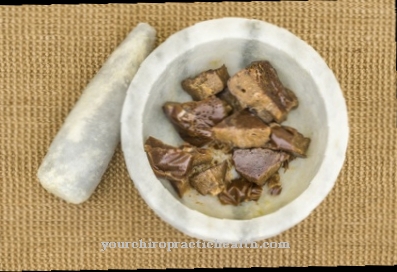
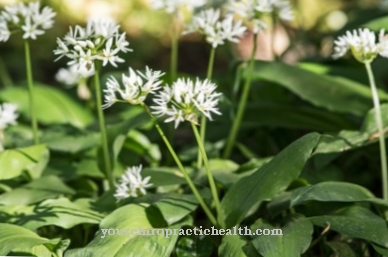
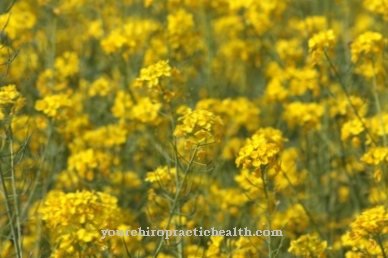

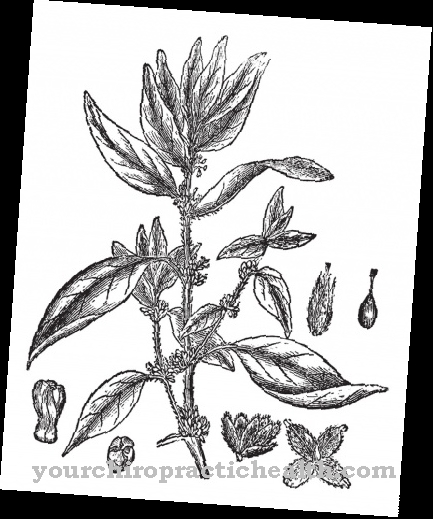
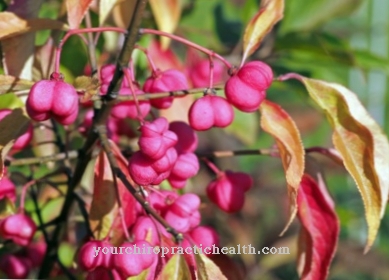

.jpg)




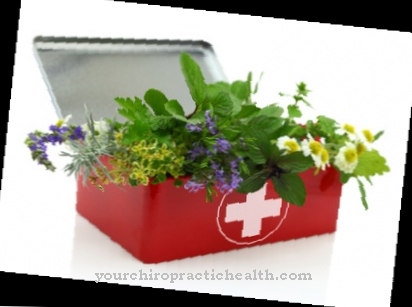
.jpg)


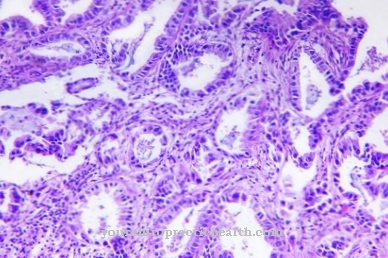



.jpg)

